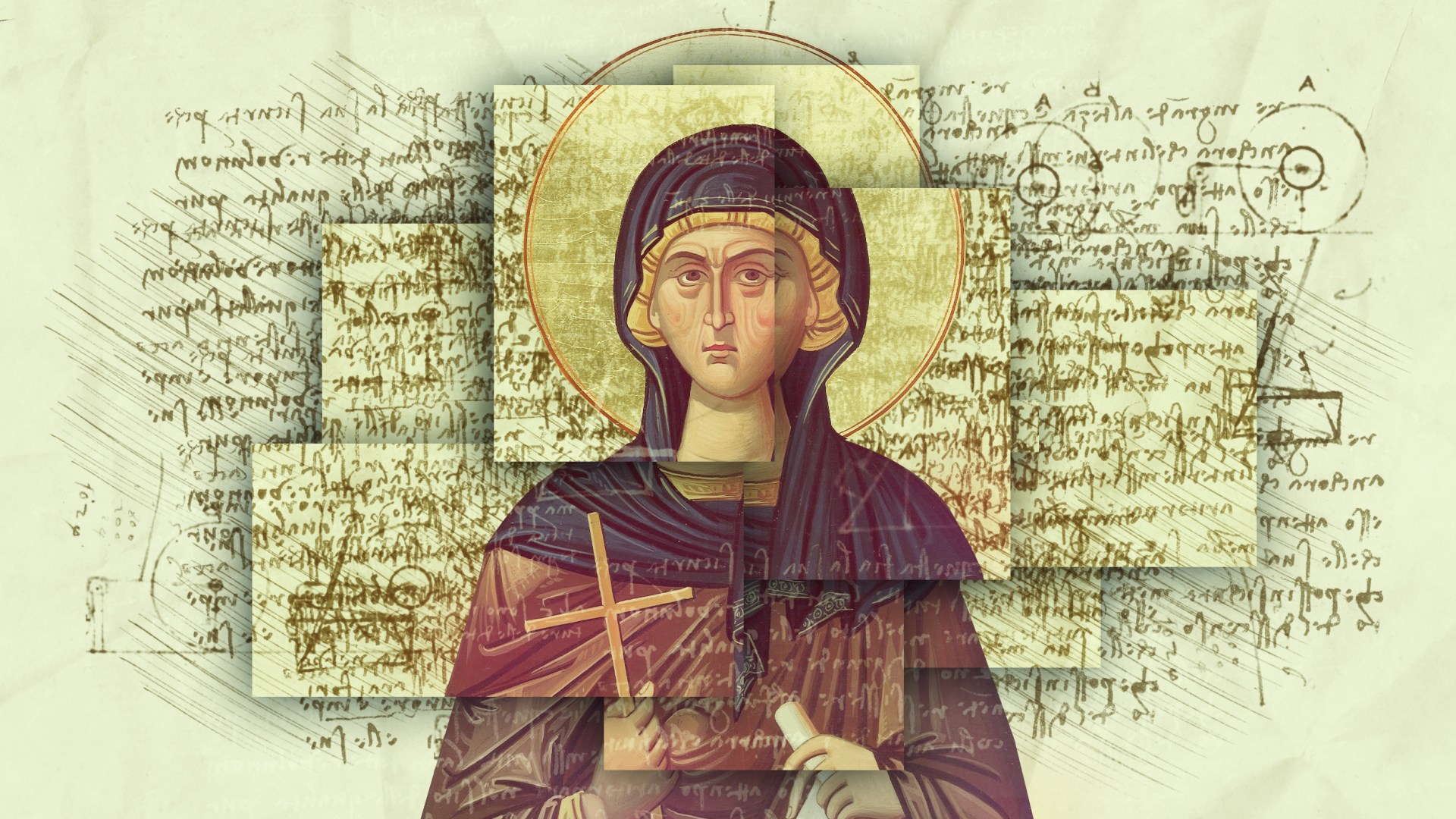In AD 379, Basil the Great, one of the men who contributed to the Nicene Creed, died. Basil and his brother Gregory of Nyssa were two of the three Cappadocian Fathers—men responsible for major theological decisions made in the early life of the Christian church. What is less well known is that they also had an older sister, Macrina. She was deeply precious to them for her love, her insight, and her wisdom; they even called her “Teacher.”
Macrina, who was also on her deathbed at the time, summoned up her last reserves of strength to reassure her struggling brother Gregory that he need not despair; the three of them would one day be together again. Amazingly, in order to provide evidence for this hope of resurrection, Macrina chose a topic that even today remains one of intense scientific scrutiny: the precise form and the objective reality of the mind.
As a matter of fact, this subject—and its cousin, the so-called “problem of consciousness”—has enjoyed a resurgence among philosophers, biologists, and even physicists in the last two decades. Are we humans, as possessors of “minds,” somehow more than just the sum of our parts? The debate has raged one way and the other, but the experts are no nearer a consensus today than they ever have been. It would seem therefore that Macrina, in grappling with the issue nearly 2,000 years ago, was more than a little ahead of the curve.
Intending to offer her grieving brother a hope of reunion, Macrina decided to prove to him that the very essence of a person—their mind—is not just real but eternal. To do so is a tough task; especially when we consider the awkward fact that we cannot physically detect this “mind” in the first place. This notion, however, of non-visible existence would have resonated very well with Gregory—after all, he had worked alongside his brother on the famous Christian creed and had approved the words:
We believe in one God, the Father Almighty, Maker of heaven and earth,
and of all things visible and invisible
Rather than turning to vague notions of mysticism or appealing to unspecified spirituality, though, Macrina opts for observations about the natural world—by today’s definition, a scientific activity— to make her transcendental point. The heart of her argument is this: The mind cannot be purely physical because it rises above the purely physical with its thought. The passage in which she shows this is really quite remarkable and worth looking at in its entirety:
It is by an abuse of language that a jar is said to be “empty;”
for when it is empty of any liquid it is none the less, even in this state, full,
in the eyes of the experienced.
A proof of this is that a jar when put into a pool of water is not immediately filled,
but at first floats on the surface,
because the air it contains helps to buoy up its rounded sides;
till at last the hand of the drawer of the water forces it down to the bottom,
and, when there, it takes in water by its neck;
during which process it is shown not to have been empty even before the water came;
for there is the spectacle of a sort of combat going on in the neck between the two elements, the water being forced by its weight into the interior, and therefore streaming in;
the imprisoned air on the other hand
being straitened for room by the gush of the water along the neck,
and so rushing in the contrary direction;
thus the water is checked by the strong current of air, and gurgles and bubbles against it.
In this beautiful piece of prose, Macrina describes a jar which appears, to the senses, to be empty—yet the mind can still deduce that it is full. The vessel first sits on the water and floats; it is then pushed downwards by the “drawer,” with its neck now under the surface.
If the jar had truly been empty, she argues, then the water would immediately fill it up. This is, quite clearly, not what happens; the air has to leave and make room. This leaving and entering occur simultaneously and over time, resulting in bubbles and gurgles as the air and the water swap over.
The mind, Macrina asserts, is not simply material; it is able to operate at a far deeper level. If we were only physical entities, she contends, we would be limited to physical deductions. We simply would not be able to understand the jar as being full of air, for example, because our eyes (try as they might) cannot see it.
The mind, however, can—by using reason. Macrina reinforces this fact by referencing the phases of the moon. Although the eye observes the moon getting bigger and smaller, the mind then pulls rank and overrules it. In this new light, we “see” a sphere being lit from different angles. That the mind has this ability to go beyond basic sensory perception, Macrina believes, shows it is of more than just physical composition. And, because of its greater-than-just-dust basic nature, there can be reasonable hope that the mind will live on—even if the body it is associated with does not.
Did it work? Did Macrina (and her scientific observation) persuade Gregory that the family would one day be reunited? The heart-warming answer is yes. This very passage appears in one of Gregory’s own theological writings, On the Soul and the Resurrection, which was penned after his older sister’s death. He confirms, later on, that he was greatly comforted by her insight. If Macrina is right, of course, he will tell her this one day in person, and he will, no doubt, also thank her for her love, her wisdom, her healing words—and, of course, her scientific thought.
A version of this article first appeared in its original form in Let There Be Science by David Hutchings and Tom McLeish and was inspired by a section in Faith and Wisdom in Science by McLeish.
David Hutchings is a physics teacher at Pocklington School near York. He is a fellow of the Institute of Physics and a leader in the local church in York. His first book, Let There Be Science, was co-written with Tom McLeish, a fellow of the Royal Society.









